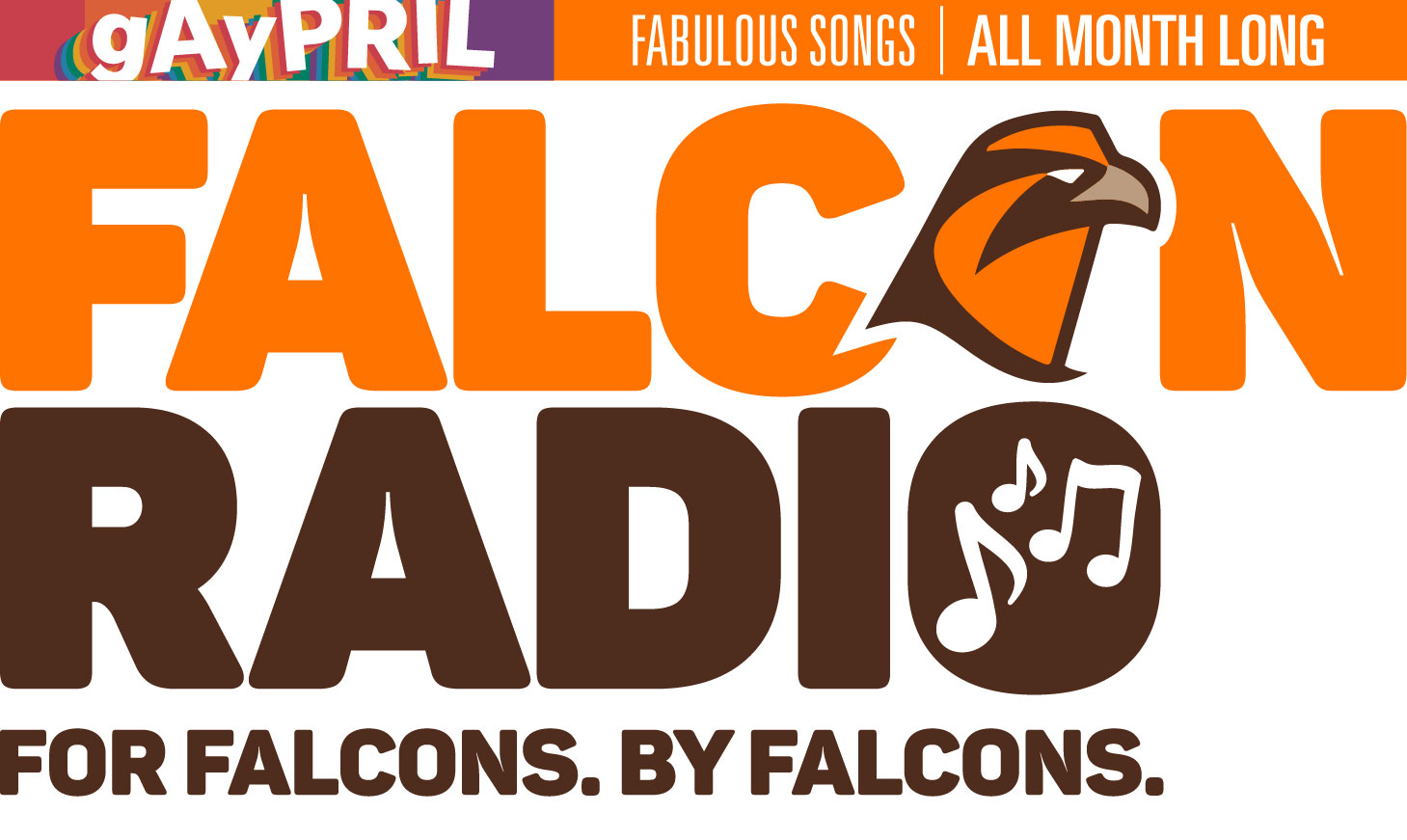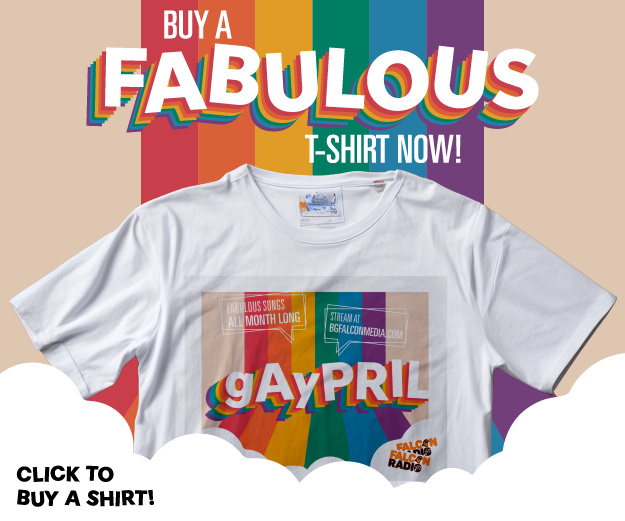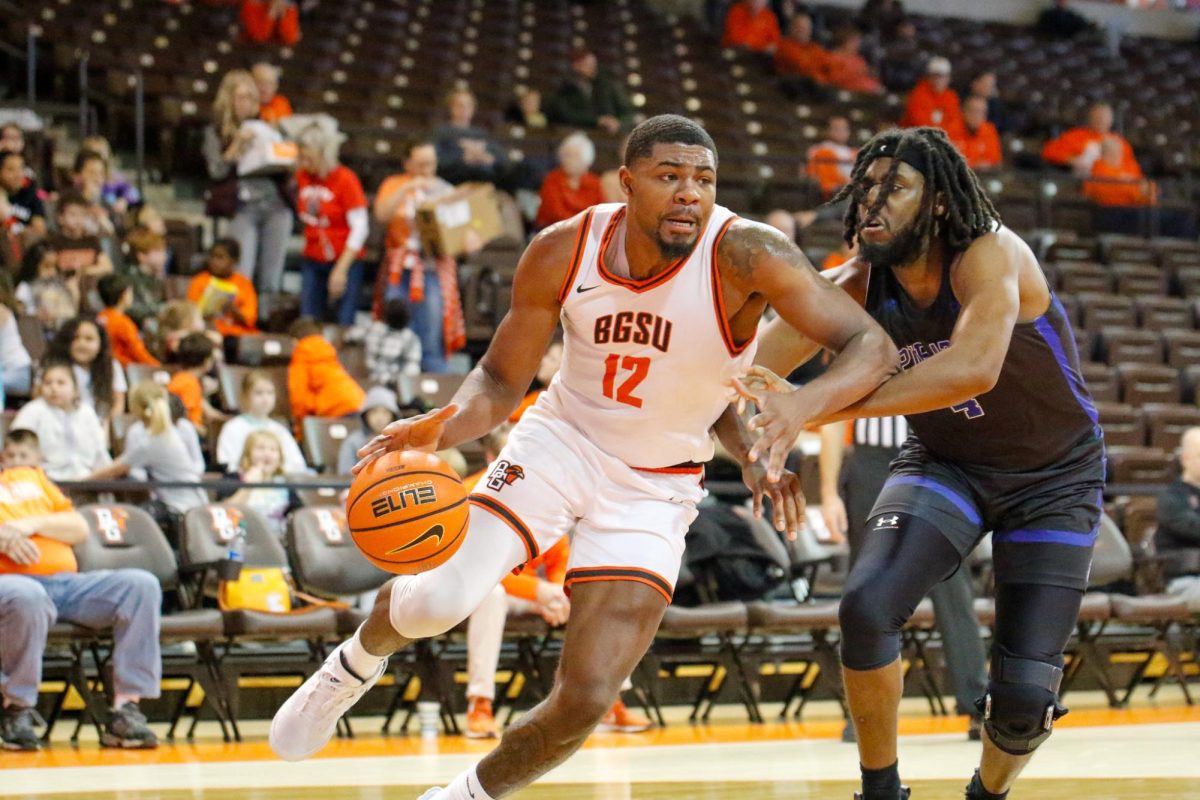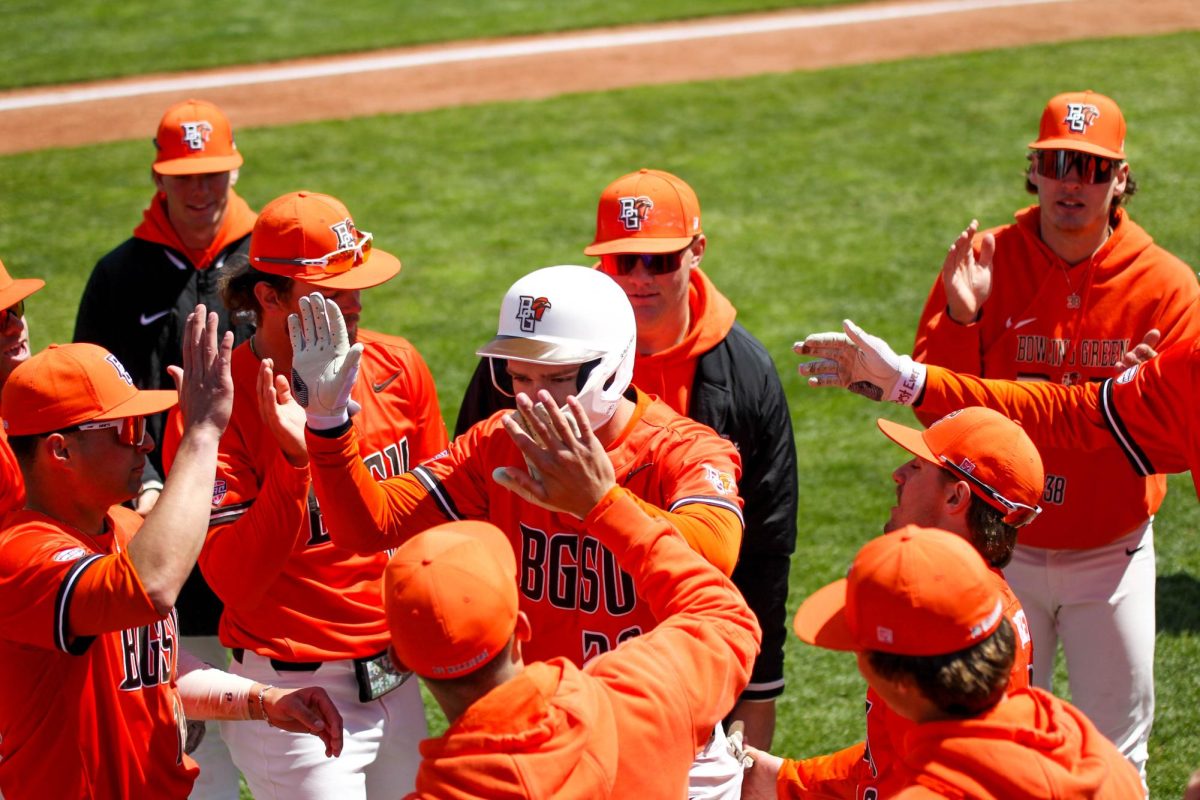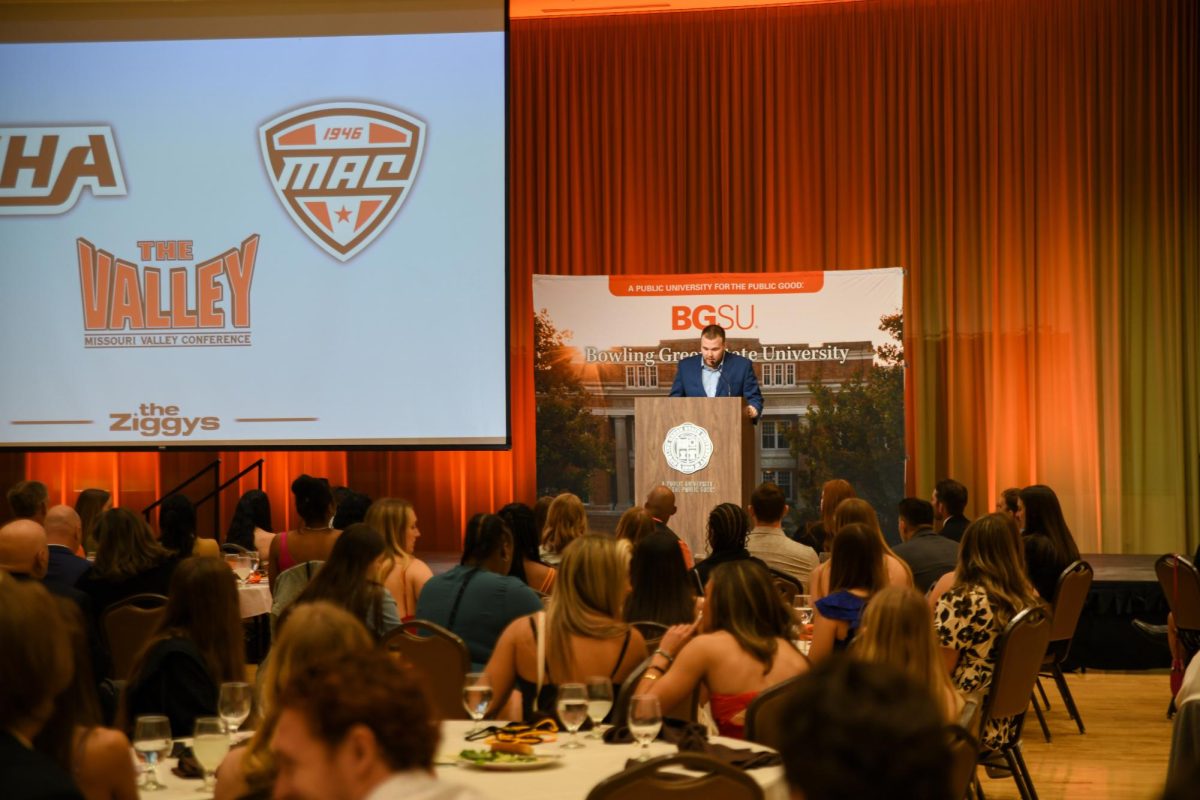By Bob Condor Chicago Tribune (KRT) Twenty years ago, bottled water was a bubbly status symbol served mostly in a Perrier bottle. Then Jack Nicholson sneaked a liter bottle of Evian into the no-beverages-allowed celebrity section at the Academy Awards. Sales of the French non-carbonated water gushed almost overnight. By the early 1990s, Perrier was struggling with a benzene gas leak at its natural spring that scared off many consumers. But bottled water sales continued to rise, reaching $2.5 billion in annual U.S. sales, thanks to Evian and other non-carbonated imitators entering the marketplace. The latest industry statistics indicate that Americans’ thirst for bottled water has tripled into a $7.6 billion market. Consumption per person averages 21.1 gallons each year, just behind beer (22.6), milk (22.6) and coffee (21.9) but still far behind the soft drinks (a whopping 54) gulped per person per year. Demand for bottled water is growing about 10 percent annually, faster than other categories, so it is poised to become America’s second-favorite beverage by the end of 2003. Not surprisingly, the billions of dollars in water sales have inspired lots of new businesses. During a recent panel discussion at the Natural Products Expo in Anaheim, industry consultant Arthur von Wiesenberger estimated that there are 500 to 600 domestic bottled waters and 200 to 300 imported brands. About a quarter of the domestic brands contain nothing more than processed municipal tap water, von Wiesenberger said. He noted that consumers have become increasingly curious about the source of bottled waters, scrutinizing the product category more closely than soft drinks, juices and teas. The most common consumer questions he hears are “Is spring water really from a spring?” and “Does anyone regulate what bottlers put on labels?” His answer often focuses on the fact that bottled water is “one of the most regulated food products,” answering to local health departments and the federal Food and Drug Administration. Most regulation was established in the mid-1990s as bottled waters became popular. “If a label has the word `spring’ on it,” von Wiesenberger explained, “then the water must come from a spring. A spring is an underground orifice (opening) in the Earth from which the water flows naturally.” Von Wiesenberger said bottled water brands cannot claim to be “spring” water if the water has been substantially altered or comes from a municipal source. Similarly, if a water claims to be “glacial,” it must originate from a glacier source. “Artesian” water has to flow from a natural source above the Earth’s water table. Many bottled brands claim to be “drinking” or “purified” waters. By law, these label claims require that the water has been processed. The most common treatments are reverse osmosis, deionization or activated-carbon filtration and not altogether different from water-filtering systems you might use at home. If water has not been “substantially altered,” von Wiesenberger said, then the label must state that it derives from a municipal source. Sometimes the label artwork sends its own unwritten message. On his informative Internet site, www.bottledwaterweb.com, von Wiesenberger writes that the bottle for Aquafina, Pepsi’s recent entry into the market, uses mountains and snow imagery that “may cause a consumer to subconsciously conclude Aquafina is from a natural mountain spring.” In fact, it’s purified tap water. Fellow panelist Michael Langenborg, a marketing strategist, said bottled waters are relative newcomers at supermarkets and other mass-market outlets. He pointed out that Pepsi and Coca-Cola (and its Dasani drinking water brand) have grabbed roughly 10 percent of the market each in short order. “Four years ago, Coke wasn’t even in the bottled water business,” Langenborg said. Von Wiesenberger said major players such as Nestle, Pepsi, Coca-Cola and Group Danone (which includes the domestic Dannon water and imports Evian and Volvic) dominate the bottled water market. He works regularly with Nestle, which controls about a third of U.S. market share with nine domestic brands (including Arrowhead, Poland Spring and Deer Park) and five imports (topped by San Pellegrino and Perrier). “The key factor to remember is these big companies have the distribution channels,” von Wiesenberger said. “Consumers will just continue to get more and more access to bottled waters.” The Anaheim panel wasn’t assembled to pass judgment on tap water. The question for consumers is whether they are willing to accept the chemical treatments (especially chlorine) used to guarantee safe public drinking water. For instance, there is considerable debate on whether chlorine adversely affects the body (most mainstream sources vote nay). Yet a good number of consumers simply don’t like the taste of chlorine. Another issue attracting critics is whether fluoridated public drinking water prevents cavities while perhaps causing other health problems. Panelist Joe Smillie, a senior executive at Quality Assurance International, a products testing and standards firm in San Diego, said some consumer groups and bottlers have wondered why water can’t be categorized as organic (he is a pioneer in the movement for national standards on organic foods). “That’s not possible,” Smillie said. “To be certified organic comes as a result of an agricultural methodology. Water is not derived from an agricultural methodology.” Smillie said there is an alternative for bottlers looking to distinguish themselves. The World Health Organization has developed “Codex” standards for water that call for identification of the source and ensure its authenticity. Smillie and von Wiesenberger both remarked that European consumers are way ahead of Americans in demanding the highest quality waters. “Bottled water labeling has come a long way in the last decade,” von Wiesenberger said, “but there is more work to be done.” One sticking point for von Wiesenberger is the relatively meaningless nutrition label on bottled waters (all zeroes regarding calorie, fat, carbohydrate and protein content). He suggests an adjusted nutrition label for bottled water modeled after European products that inform consumers about nutrient values for calcium, magnesium, potassium and other minerals. What’s more, von Wiesenberger said, consumers ought to be given better information about the spring or source, including its location. It’s a good sign when the bottler volunteers more details. “Most consumers would like to know where the water actually comes from,” von Wiesenberger said. “Springs can be an important difference between brands. People will be demanding this information in the years ahead.” ___ WHAT THE TERMS MEAN As the bottled water market grows, industry consultant Arthur von Wiesenberger envisions a more informative approach for categorizing brands. He said consumers would benefit from three distinct categories to better understand issues of taste and quality. Here are his proposed categories with definitions and sample brands. Natural spring bottled at the source: This category of bottled water comes from a natural spring but it is not transported for bottling. It is minimally processed. Von Wiesenberger said a short truck ride from the spring to a nearby bottling plant can significantly alter the properties of natural spring water. Plus, it just doesn’t taste as good, he said. It’s possible “bottled at the source” will become shorthand for this premium category. Top U.S. brands include Trinity (with an underground source more than two miles deep) and Mountain Valley Natural Spring Water (1,600 feet deep), plus import Volvic Mineral Water. Artesian or spring water: Still preferable to tap water, these brands come from a natural spring or artesian source. It is bottled off-site and typically undergoes moderate to high levels of processing and disinfection. Sample brands include Calistoga and Arrowhead Spring Water. Tap water: At least 25 percent of U.S. bottled water is little more than municipal water. This category is highly treated with maximum processing and disinfection. Along with such brands as Aquafina and Dasani, this category holds most all “enhanced” or nutrient-infused waters. ___ ‘copy 2003, Chicago Tribune. Visit the Chicago Tribune on the Internet at http://www.chicago.tribune.com/ Distributed by Knight Ridder/Tribune Information Services.


